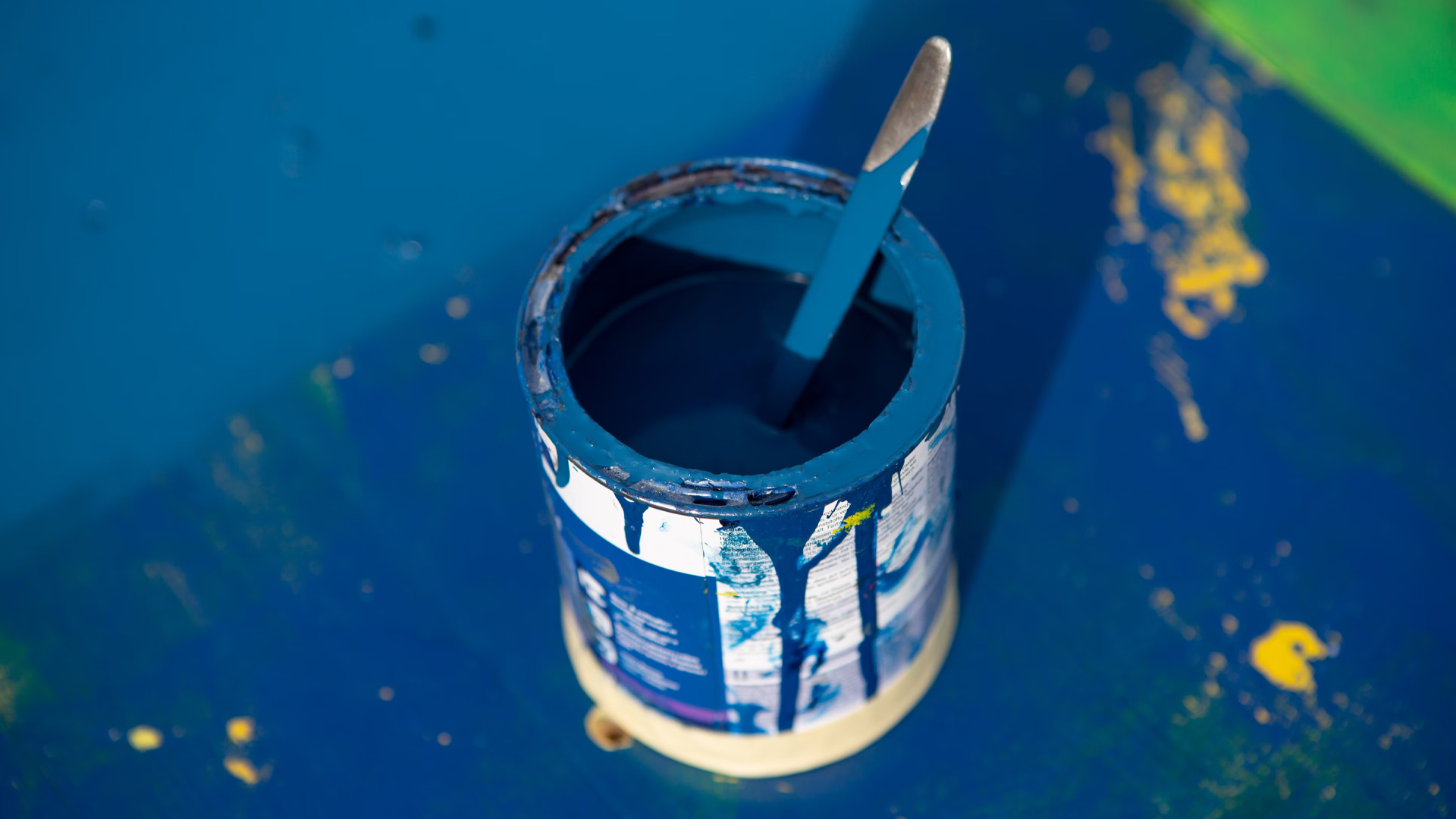Key Take Aways
Understand moisture is the main culprit – Mould thrives on dampness caused by leaks, condensation, poor insulation or high humidity. Address the root moisture issue first.
Fix structural issues promptly – Repair roof or plumbing leaks, maintain gutters, and improve wall insulation to prevent rain or groundwater seeping in.
Improve ventilation & humidity control – Use extractor fans, open windows (‘burp rule’), avoid drying clothes indoors, and consider dehumidifiers to keep indoor RH below ~60%.
Clean and dry affected areas thoroughly – Scrub existing mould with detergent, bleach, Borax, tea tree oil or vinegar, then ensure complete drying to prevent recurrence.
Use specialised coatings and paints –
Exterior: Apply weatherproof or hydrophobic masonry coatings to block moisture ingress.
Interior: After cleaning and drying, use anti‑mould, anti‑condensation or mould‑resistant paints and sealants—these inhibit regrowth but don’t remedy existing mould.
Maintain regularly – Inspect walls, clean surfaces, service gutters, ensure ventilation, and patch coatings to sustain protection.
Repeating mould growth on walls can be baffling and troubling for homeowners. Mould tenders the look of walls and stances potential health risks, particularly for individuals with respiratory conditions. A wide methodology that tends to sources of moisture, improved ventilation, and maintaining low humidity levels is important to keep mould from returning. You can truly shield your home from how to stop mould on walls growth by understanding the root causes of mould growth and executing proactive methodologies. Making these modifications not only improves the structural integrity of your walls but also establishes a healthier indoor environment for yourself as well as your family, free from the hardships welcomed by tenacious mould growth.
Understanding the Problem of how to stop mould on Walls
Condensation is something more than a responsive issue; it can incite the growth of mould and buildup, causing health risks and compromising indoor air quality. Mould spores are airborne and can, without a doubt, spread to different regions of the home, demolishing respiratory issues and allergies, particularly in weak people like young people, the old, and individuals with debilitated immune systems.
It makes ideal conditions for mould growth when condensation forms on walls, particularly in poorly ventilated or high-humidity regions like bathrooms and basements. Over the long haul, mould stains walls and damages buildings structurally. Maintaining the presence of your home and safeguarding the health and prosperity of its occupants both require cautious regard for condensation.
Key Strategies to how to stop mould on Walls
Implementing proficient strategies to stop condensation on walls is critical for keeping a dry and healthy home environment. The following portrays how to stop mould on walls:
1. Improve Protection:
Further developing Protection in outside walls keeps up with predictable temperatures inside your home. It isn’t very certain for condensation to shape on walls that are satisfactorily protected. To decrease heat misfortune and condensation, ponder utilizing protection sheets or adding protection to wall pits.
2. Guarantee Appropriate Ventilation:
Great ventilation is urgent in regions inclined to high humidity, like bathrooms, kitchens, and pantries. Introduce and work extractor fans to coordinate the wet air outside. Open windows frequently in rooms without extractor fans to allow in outside air and lower humidity levels. Powerful ventilation advances better indoor air quality and forestalling condensation on walls.
3. Advance Air Course:
Organize furniture and assets from outside walls to empower airflow. Condensation is almost certain in cool places where stale air can gather. The probability of moisture development on walls is diminished by making a flow of low air around the room, which keeps up with even temperatures.
4. Screen and Control Humidity Levels:
During exercises that produce moisture, like cooking and showering, hold humidity levels under control. To make sure that humidity levels are below 60%, utilize a hygrometer. If the humidity is normally high, contemplate utilizing a dehumidifier to draw out additional moisture from the air and stop condensation and mould improvement.
How to Stop mould on Walls?
Mould growth on walls is, as often as possible, brought about by inadequate ventilation and consistent moisture. Here are a few basic steps that ought to be continued to effectively forestall mould and keep a clean environment:
1. Regular Cleaning:
Use mould-resistant cleaners to regularly clean regions that are prone to mould growth. It is ideal to focus on regions like bathrooms, kitchens, and basements, which have more significant levels of moisture. Dispose of any noticeable mould straightaway to forestall its additional spread.
2. Bring down the Humidity Levels:
Keep an indoor humidity level that is lower than 60%. Utilize dehumidifiers in damp locales and ensure that there is satisfactory ventilation by introducing exhaust fans in regions like kitchens and restrooms. To forestall moisture buildup, every so often open the windows to permit fresh air circulation.
3. Improve Ventilation:
Improve ventilation by guaranteeing that there is satisfactory airflow throughout your whole home. To eliminate tacky air straightforwardly from the environment, exhaust fans ought to be used in bathrooms and kitchens. Genuine ventilation keeps moisture from collecting on surfaces like walls.
4. Address Water Leaks:
Repair any leaks in plumbing, roofs, or windows that add to moisture buildup as quickly as time permits. Early detection and repair of air leaks are significant to forestall undercover mould growth inside walls or roofs.
How to Stop mould on Walls?
Forestalling recurring mould on walls requires tireless upkeep and addressing fundamental moisture issues. Here are viable techniques to guarantee mould doesn’t return:
- Address Root Causes: Recognize and determine fundamental moisture sources like leaks or unfortunate ventilation. Fix any plumbing leaks, roof leaks, or gaps around windows and entryways quickly to forestall water entrance that advances mould development.
- Improve Ventilation: Upgrade airflow inside your home by utilizing exhaust fans in bathrooms, kitchens, and laundry rooms. Guarantee these fans vent moist air straightforwardly outside. Furthermore, open windows regularly to allow fresh air circulation, particularly during exercises that create moisture.
- Use mould-Resistant Products: Consider utilizing mould-resistant paint or added substances while refurbishing or repainting impacted regions. These products restrain mould development and can assist with maintaining a sans-mould climate on walls.
- Maintain Low Humidity Levels: Keep indoor humidity levels below 60% to beat mould development down. Use dehumidifiers in damp regions, for example, basements or crawl spaces where humidity will, in general, be higher. Regularly screen humidity levels with a hygrometer and make a move on the off chance that levels rise reliably.
- Regular Cleaning and Inspection: Regularly review walls and roofs for indications of mould or moisture development. Clean impacted regions immediately by utilizing mould-killing solutions or household cleaners to keep mould spores from spreading and lay out new provinces.
Conclusion
By executing these techniques further developing insulation, upgrading ventilation, promoting air circulation, and maintaining low humidity levels, you can successfully know how to stop mould on walls? Making proactive strides not only jelly the stylish allure of your home but also adds to a healthier living environment for yourself as well as your loved ones. Condensation and how to stop mould on walls are sensible issues that need the right methodology. By addressing the root causes of moisture buildup and applying preventive measures reliably, you can partake in a dry, mould-free home all year.





